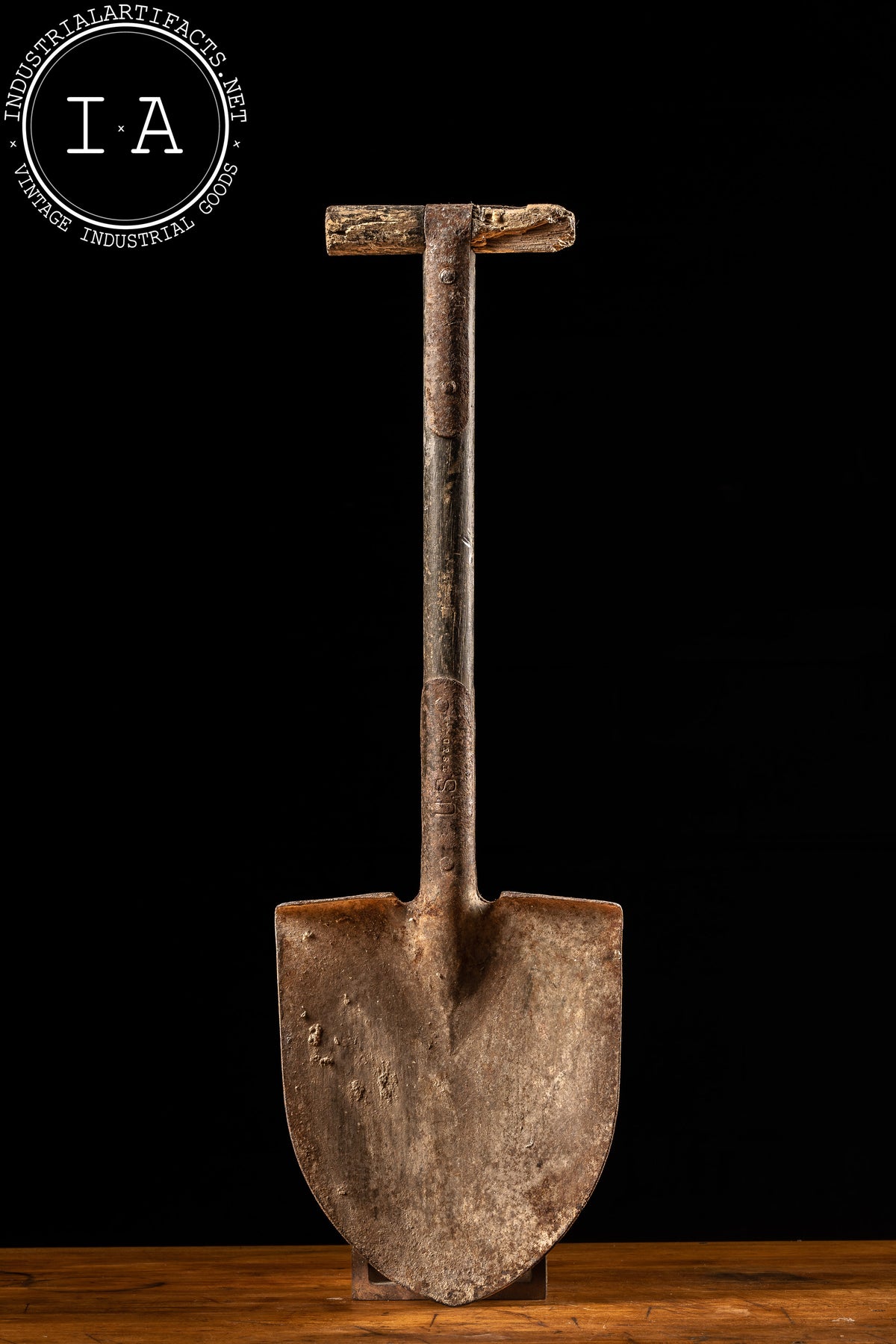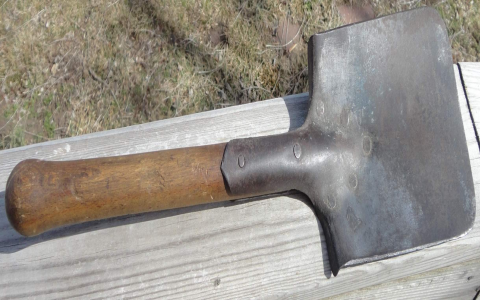Alright, so I decided to get my hands on a World War Two trench shovel. Not one of those shiny new reproductions, mind you, but a proper, honest-to-goodness old one. Been wanting one for a while, just for the history of it, you know? And maybe to dig a stubborn weed or two, just to see how it holds up.
Getting Started with the Old Timer
So, I finally found one. Looked like it had seen better days, which is exactly what I was after. A bit of rust, the wood handle was dry, but solid. The kind of thing that tells a story. First thing I did was just sit with it for a bit, turn it over in my hands. You can almost feel the history in these old tools.

The plan wasn’t to make it look brand new. That’d be a crime, in my book. Just wanted to clean it up, stop any more rust from eating away at it, and give the handle a bit of life back.
The Clean-Up Job
So, I got to work.
- Tackling the rust: Started with a wire brush. Man, that took some elbow grease. Got a fair bit of the loose stuff off. Then I used some rust remover, let it sit, and scrubbed again. Slow work, but satisfying.
- The handle: The wood was really thirsty. I sanded it down gently, just to get rid of any splinters and decades of grime. Didn’t want to lose the character, the dings and marks. Then, a good few coats of boiled linseed oil. Let it soak in real good. You could almost see the wood sigh in relief.
- The metal bits again: After the rust remover, I cleaned it all down and then gave the metal a light coat of gun oil, just to protect it. Some folks paint these things, but I like the look of the aged metal, as long as it’s not actively rusting away.
It’s not perfect, but it’s honest. The shovel head is still pitted, got some character marks, but it’s clean and stable now. The edge even sharpened up surprisingly well, though I wasn’t aiming for razor sharp. Just enough to be functional, if I ever actually needed it to be.
Funny How Things Go…
Working on this old shovel, it got me thinking. It’s like everything these days. You try to find something solid, something made to last, and it’s a whole ordeal. I was looking for a simple garden fork a while back. You’d think that’s easy, right? Wrong. Everything in the big stores felt flimsy. Handles made of cheap plastic that you just knew would snap the first time you hit a tough root. Metal tines that looked like they’d bend if you looked at them too hard.
I spent weeks, no joke, weeks, trying to find a decent one. Online, local shops, everywhere. It’s like nobody makes tools properly anymore. Or if they do, they want an arm and a leg for it. I remember my grandad had tools that lasted him his whole life. He’d probably laugh himself silly if he saw the stuff they sell now. He bought things once, took care of them, and they did the job.
It’s the same with so many things. You pay good money, and six months later, it’s broken or falling apart. Planned obsolescence, they call it. I call it a rip-off. People don’t know how to fix things anymore either. It breaks, you throw it out, buy a new one. No wonder the landfills are overflowing.
I guess that’s why I like these old things. This shovel, it was built for a tough job, in tough times. It wasn’t meant to be disposable. It was meant to work, and to last. There’s a certain honesty in that, which you just don’t find much anymore.

Why do I know all this about flimsy tools? Because I’ve bought enough of them, that’s why. Got a shed full of busted handles and bent tines. Learned my lesson the hard way. Now I spend more time hunting for old stuff at flea markets and online than I do in actual hardware stores. It’s more effort, sure, but at least you end up with something that doesn’t insult your intelligence.
Back to the Shovel
Anyway, the shovel. It’s sitting in my workshop now. Looks good. Feels good. Solid. Not sure what its next big adventure will be. Maybe it’ll just be a talking piece. Or maybe, just maybe, I’ll take it camping. See if it’s still got what it takes. I reckon it does.
It’s a small thing, fixing up an old shovel. But it feels good to save a piece of history, to give something old a bit of new life. Especially when you know it was made right in the first place. They sure don’t make ’em like they used to.




















